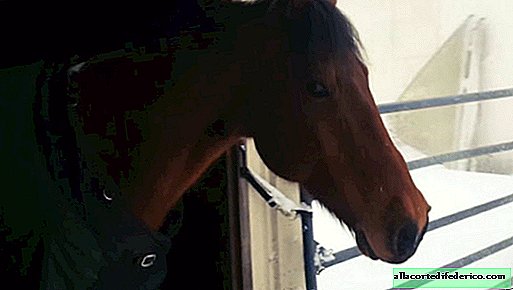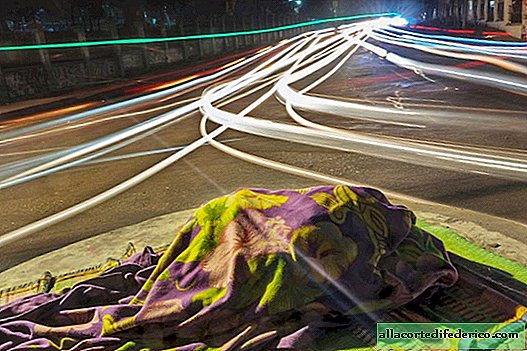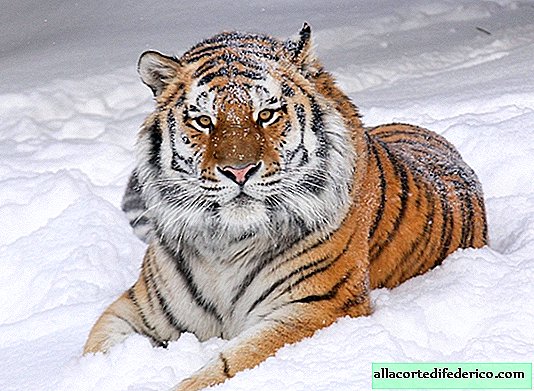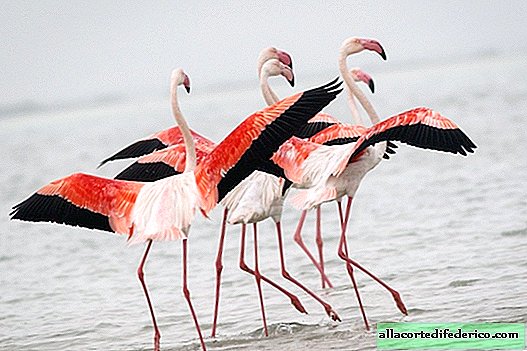How Australia Fought the Rabbits Capturing the Continent
Many people remember the story of how rabbits invaded Australia, bringing a lot of problems to agriculture and indigenous species of animals. In order to prevent their mass distribution, the Australian authorities even built a wall. But few people know how this fight with furry animals ended.
It all started with a rash act, when Tom Austin, a passionate hunter, released several animals into the wild, deciding that there would be no harm from it, and after a while he would be able to hunt them. This fatal event took place in 1859. The wildlife world of Australia is quite specific. Under the influence of prolonged isolation on the continent, a special ecosystem was formed that was not ready for thousands of rabbits. The fact is that in most of Australia there are no predators capable of holding back the explosive growth of any animal population.
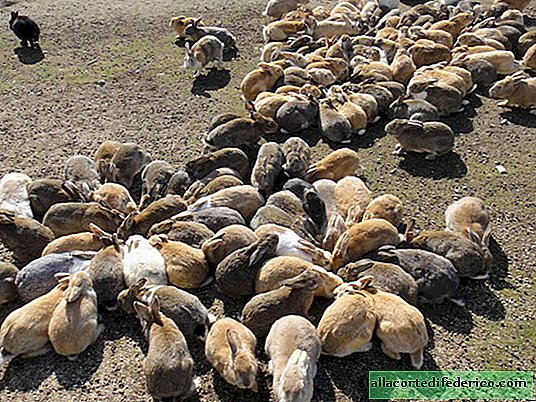
Already at the end of XIX, the results of such frivolous interference in nature became visible. Rabbits contributed to the extinction of several dozen species of wild animals in Australia, and also caused serious damage to agriculture. They nibbled young trees in the gardens and ate crops in the fields. Rabbits also significantly destroyed the natural vegetation cover, which in the conditions of the arid climate of most territories led to degradation and destruction of the soil layer. In addition, due to the large eating of grass, they became the main competitors of sheep, which were bred by local farmers. All these phenomena were of a mass nature, since the number of livestock stepped over several million individuals, and the annual shooting of 2 million rabbits did not improve the situation. Agricultural producers were particularly affected by the rabbit invasion. At the beginning of the 20th century, a wire fence was even built on the path of rabbit spreading, but it was easily overcome by beautifully jumping and burrowing animals.

Then the Australians had to resort to the help of scientists. In 1950, experts infected rabbits with the myxomatosis virus, which led to the death of European rabbits. In the first year after the start of the experiments, myxomatosis resulted in the death of 99.8% of the number of infected rabbits. But, unfortunately for farmers, the next year mortality fell to 90%, and eventually stabilized at 25%. This led to a reduction in the rabbit population from 600 to 100 million individuals. The surviving rabbits developed a genetic resistance to the virus, thanks to which by 1991 the population was restored to 200-300 million.
After that, scientists began to conduct experiments with calcivirus, which causes rabbit hemorrhagic disease. But this virus did not give a full-fledged result: individuals appeared that could develop immunity to the disease. It is worth noting that in nature there are two predatory species that feed on rabbits - a dingo dog and an eagle. But they cannot help Australia get rid of the rabbit problem. According to experts, rabbits annually eat the amount of grass that would be enough to feed 25 million sheep.
Despite the deplorable situation with the rabbits, it became instructive in many respects and showed how poorly we imagine the consequences of interference in nature. And even a seemingly harmless act can lead to a serious environmental problem, the solution of which has not yet been found.



